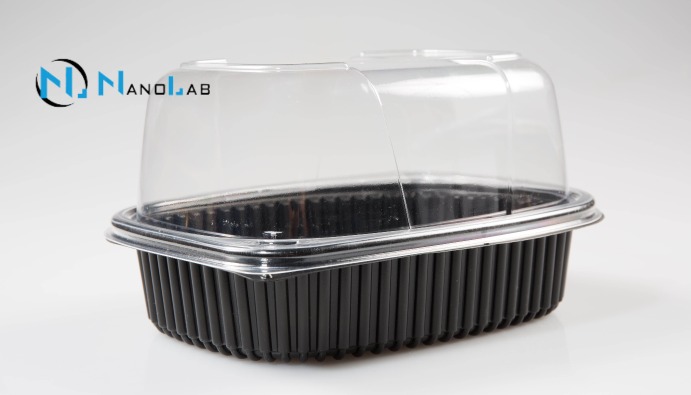
BLOG
KATEGORİDEKİ DİĞER YAZILAR

Epoxy is a material that is usually a type of polymer or resin and has high durability thanks to its cross-linked structures. It is formed by the combination of organic components containing epoxide groups. This structure provides resistance to heat, water and chemicals due to its chemically reactive properties. Epoxy and its derivatives are widely used in industrial applications and daily life.
The determination of epoxy and its derivatives in packaging is an important test parameter for food safety and consumer health. Epoxy components can cause the migration of chemicals in packaging materials. This affects the quality of food. In addition, since some epoxy derivatives can be harmful to health, it is necessary to detect the presence of these components in packaging materials.
Epoxy and its derivatives, which are resistant to acidity, alkalinity and water, are usually analyzed in cans. Epoxy and its derivatives, which are used in the process of coating the inner surfaces of canned food cans with lacquer, can migrate from packaging to food through prolonged contact.
Epoxy and Derivatives are inspected within the scope of the “Turkish Food Codex Communiqué on the Restriction of the Use of Certain Epoxy Derivatives in Food Contact Materials and Materials” and it is aimed to keep the amount in packaging materials under control.
General Reasons for Analysis:
There are various methods used for the determination of epoxy and its derivatives in packaging:
Nanolab Laboratories Group continues to provide services within the scope of Determination of Epoxy and Derivatives in Packaging . We also provide services in the determination of Per- and polyfluoroalkyl substances (PFAS).
Contact us for more information.
You can follow us on LinkedIn for up-to-date news and posts about our services.
Follow our Instagram account to be informed about our latest blog posts.